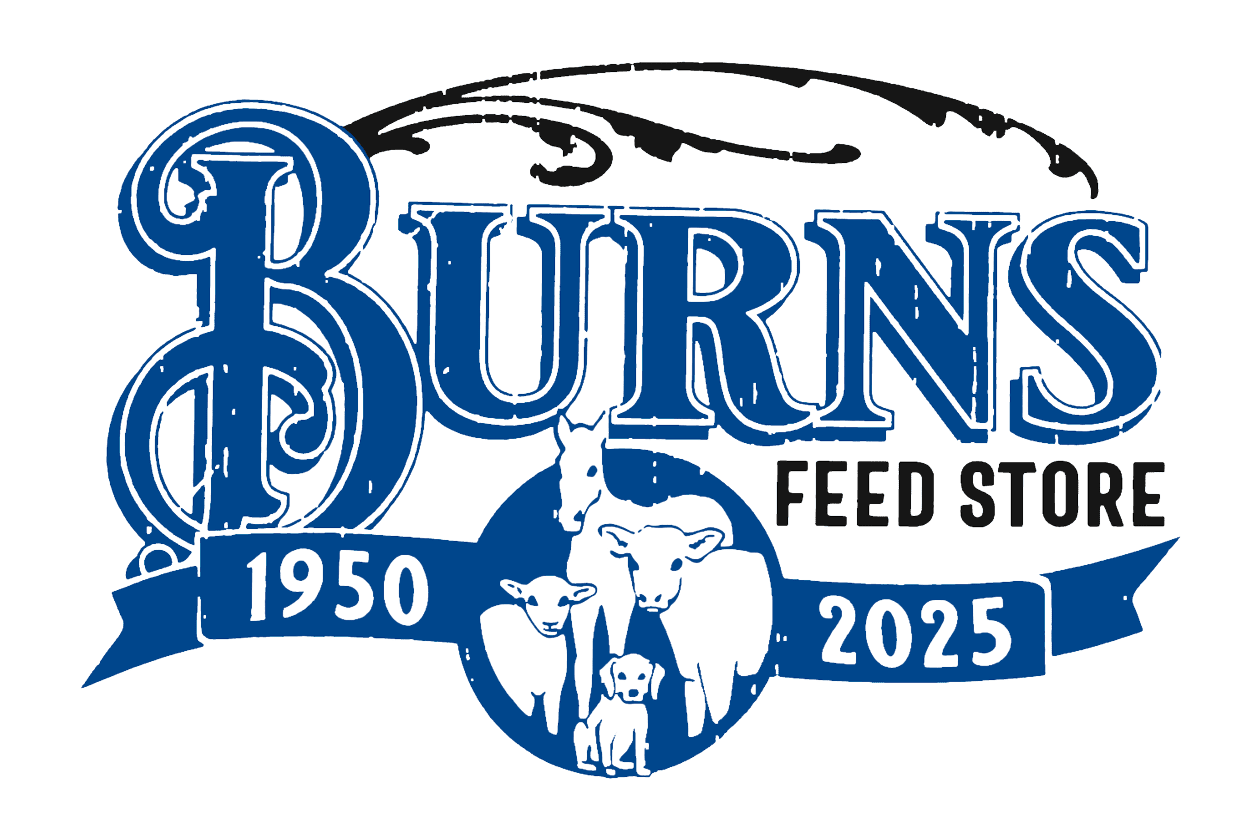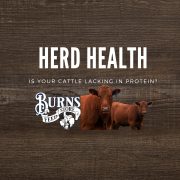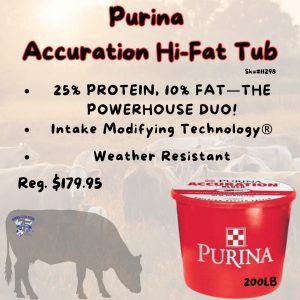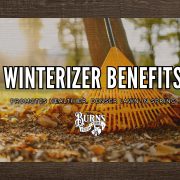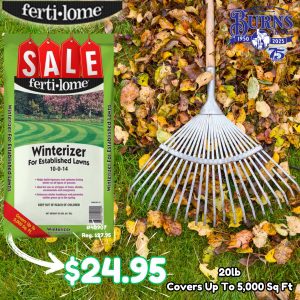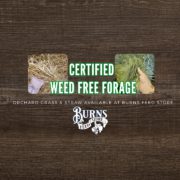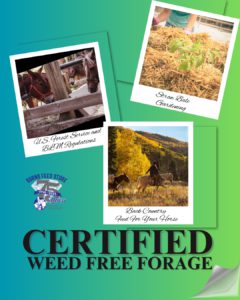Maintaining Cattle Nutrition As The Temperatures Drop
Maintaining Proper Nutrition As Temperatures Drop
As temperatures decrease, the quality of forages often declines. To ensure your herd maintains sufficient energy levels in preparation for calving, consider utilizing a Purina Cattle Accuration® Hi-Fat Tub with Intake Modifying Technology® in the pasture.
Signs That Your Cattle May Be Lacking Fat or Protein:
- Cows appear thin
- Decreased forage consumption
- Digestive issues
Despite your best efforts to care for the land, fluctuations in the nutrient content of hay and pastures are common. This is when we highly recommend products like the Purina Accuration Hi-Fat tub.
When forage quality falls short, these supplements are specifically designed to address the nutrient deficiencies your herd may encounter. Simply place the supplement in the pasture, allowing your cattle to access the tub whenever they need nutritional support, thanks to Purina’s exclusive Intake Modifying Technology.
The Purina Accuration Hi-Fat Tub is a premium, weather-resistant protein tub that features Intake Modifying Technology. It is formulated with a higher fat content to provide additional energy, compensating for nutrient deficiencies in low-quality forages or for cattle with insufficient energy in their diet.
We Take The Importance of Cattle Nutrition Seriously
Cattle nutrition plays a crucial role, particularly as the seasons shift in the Pacific Northwest! If you’re interested in discussing cattle nutrition, feel free to reach out! We can arrange a farm visit with our Purina Feed Specialist to create a tailored feed and supplement plan that suits your herd’s needs. Just give us a call or drop us an email!
Phone: 503-663-3246
Email: [email protected]
